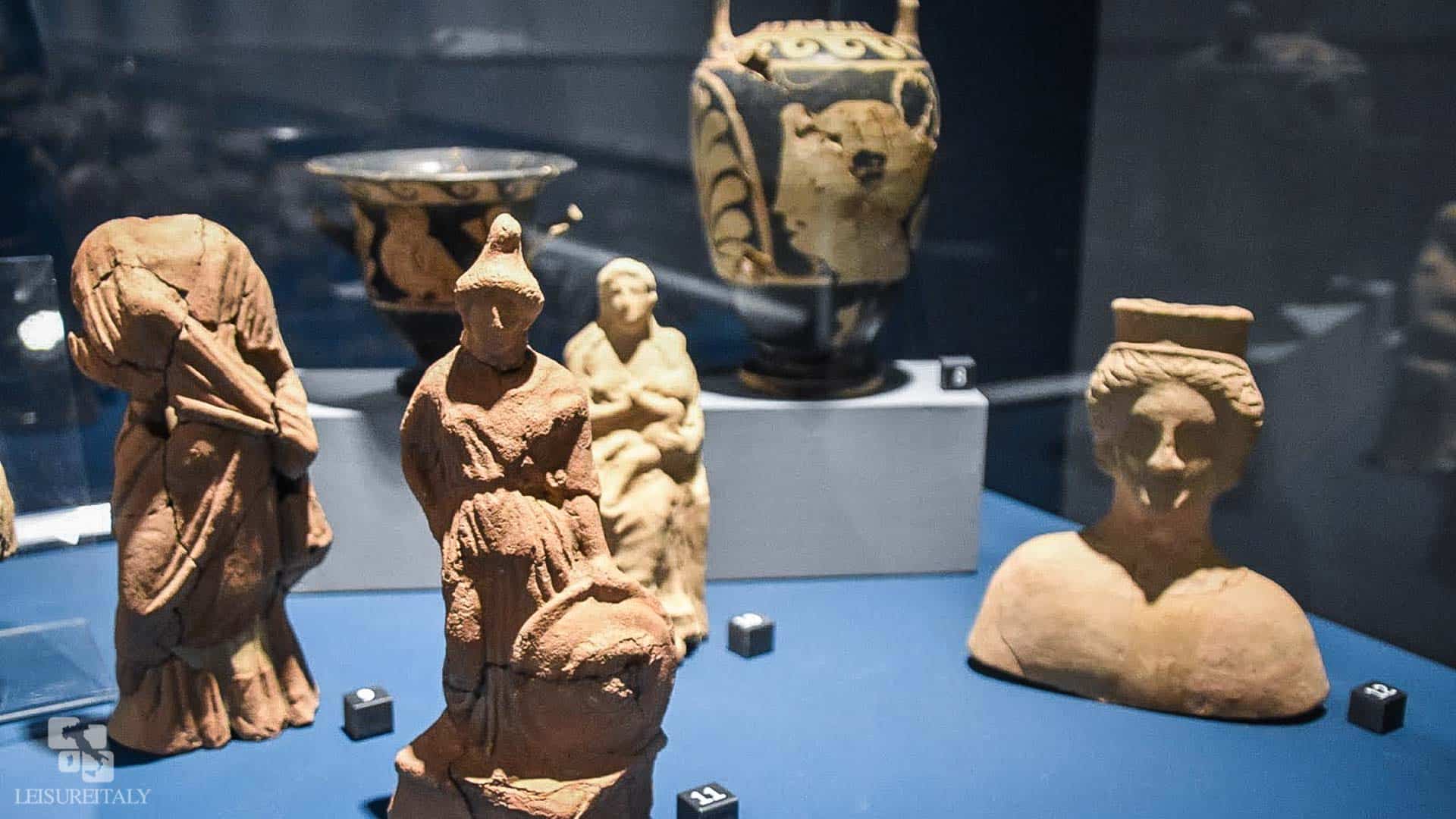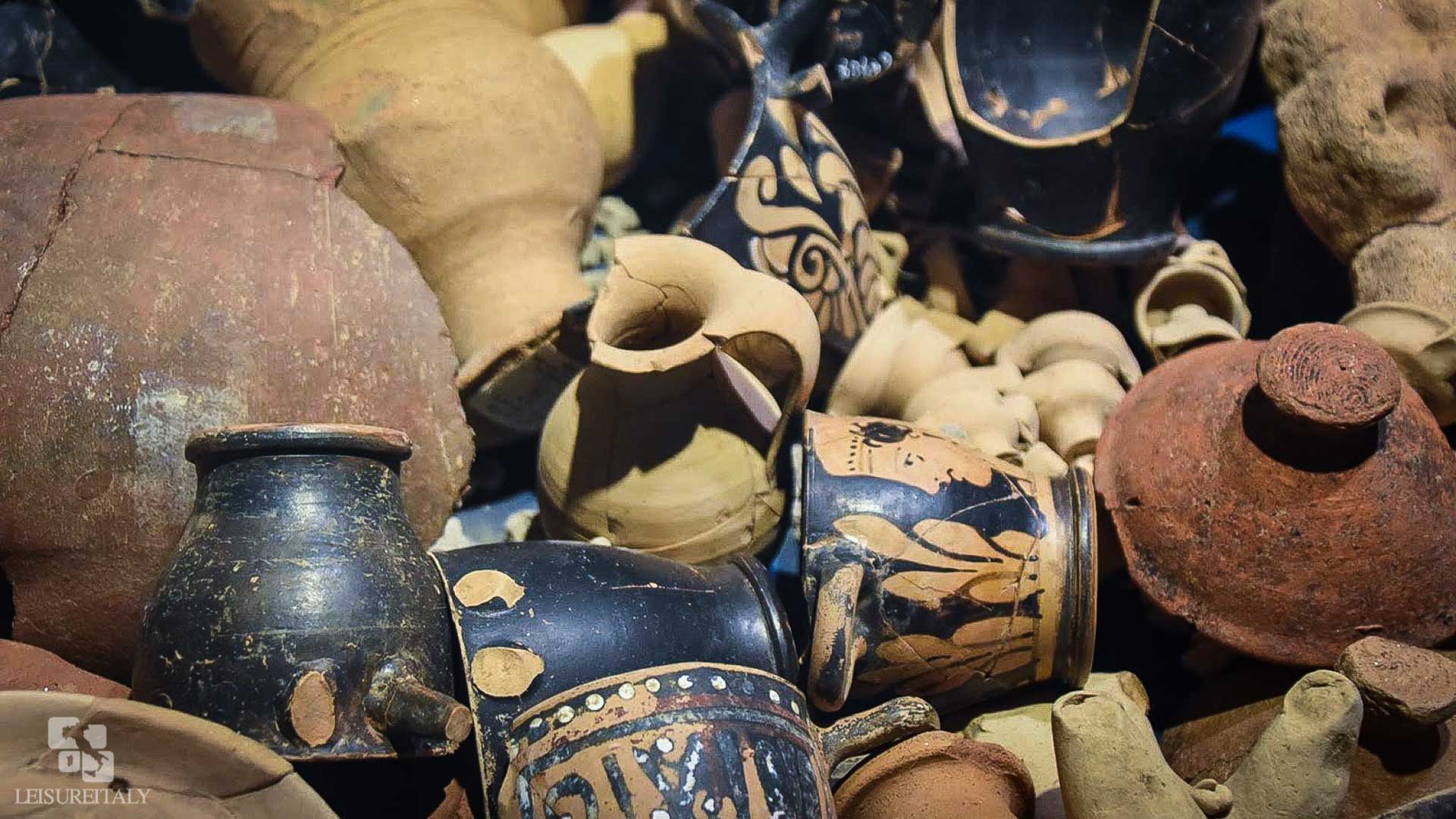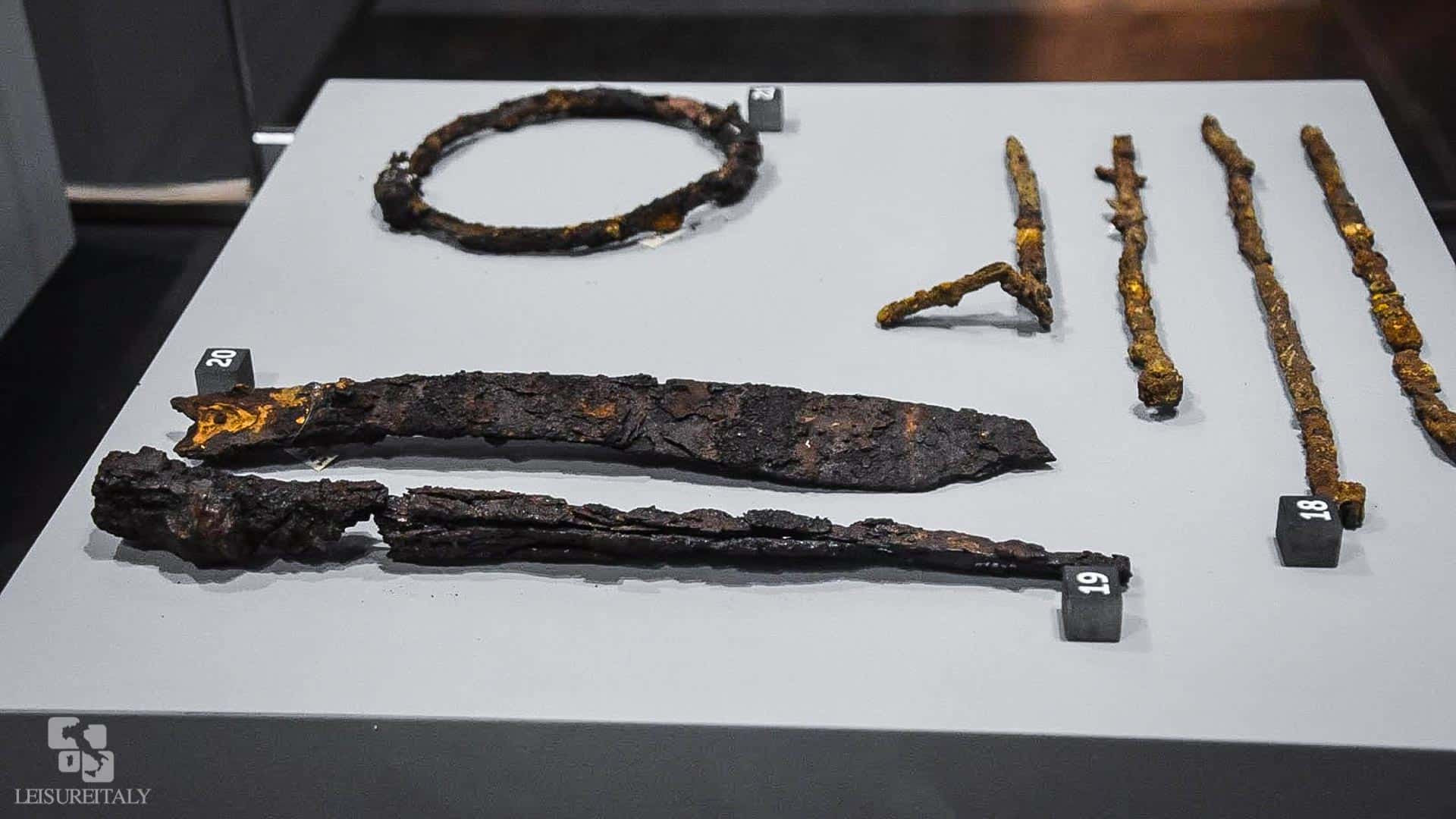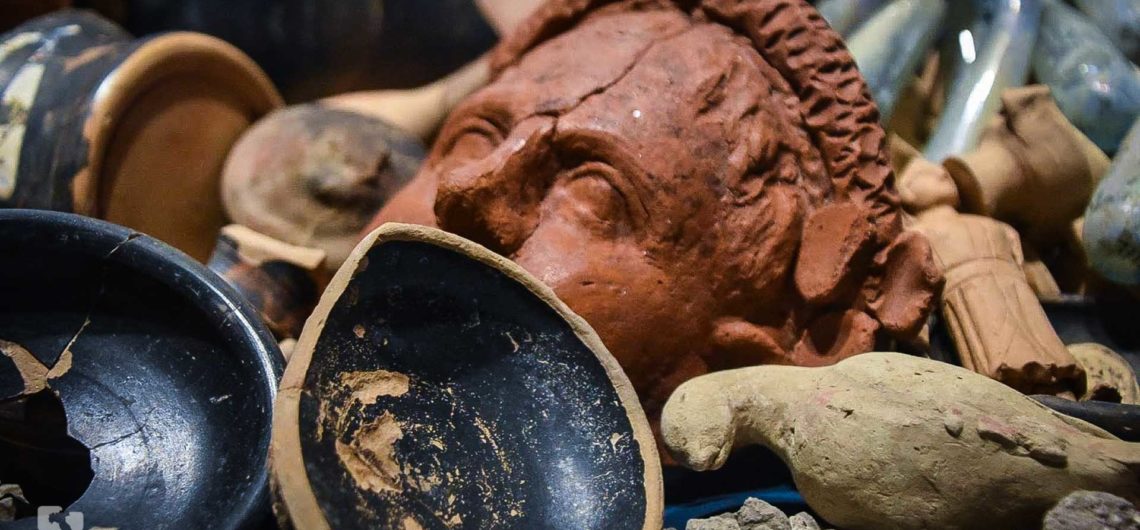Table of Contents
“In Search Of Stabiae”, A New Exhibition Casts Light On The Ancient City Of Stabiae And Its Inhabitants
“In Search of Stabiae” is the title of a new exhibition that has been inaugurated at the Antiquarium of Pompeii on the 31st July 2018, and will be on display until the 31st January 2019. The exhibit will focus on the Ancient town of Stabiae that, together with the archaeological sites of Pompeii and Herculaneum, is without a doubt an area of great interest in the reconstruction of territory settlement dynamics in Campania during the Roman Empire and before it.

Thanks to the recent findings from The Necropolis of Madonna delle Grazie with its several burials and The Sanctuary of Privati with the votive offerings connected to the protection of fertility and birth, a new aspect of the history of Ancient Stabiae has been revealed. The Necropolis of Madonna delle Grazie dates back to a period between the 7th and the 6th century BC, when deep transformations occurred in the area of Stabiae due to the arrival of the Etruscans. The local populations moved from the inland areas of the Sarno plan and stretched as far as the Bay of Naples in search of new contacts. The tombs and the finds of the Necropolis, with about 300 tombs spread over an area of about 15,000 square meters, offer a large amount of information about the social status and life of the inhabitants of the ancient cities that surrounded Pompeii: the discovery of the numerous ceramic blends, bucchero cups and goblets demonstrates that the deceased used to consume wine as well as they used to cook and ate meat as unveils the finding of several iron spits and andirons.

The Sanctuary of Privati, on the other hand, it documents an unknown aspect of Stabiae’s history, that is, the presence of an extra-urban sanctuary in the second half of the VI century. B.C. In Pre-Roman times, it formerly marked the boundary of Stabian territory and was located in a strategic position for controlling the routes through Sarno Valley and the Sorrento-Amalfi Coast area. The sanctuary was, in the beginning of the 4th century BC, linked to women, it was indeed a place to praise the gods for fertility and births as the several terracottas with feminine and children images has revealed. The votive elements were put in a large pit, then they were intentionally broken before being deposited and mixed with burnt earth and animal bones. Among the votive objects there is a predominance of ceramics with shapes linked to the ritual use of water and offering of liquids. The found of the figure of Athena with a Phrygian cap and Heracles establish the Sanctuary of Privati as part of a network of places of worship, which studded the Sorrento peninsula, from the Doric Temple of Pompeii to the Athenaion of the Punta della Campanella.

The access to the exhibition is included in the ticket entrance of the Archaeological Site of Pompeii.
“In Search of Stabiae” can be visited with our Wonder of Ancient Pompeii private tour or with any of our private tour of the ruins.
INFO
IN SEARCH OF STABIAE
From The 31st July 2018 To The 31st January 2019
Antiquarium Of Pompeii – Third Floor
For further info please visit the official website of the event

Comments